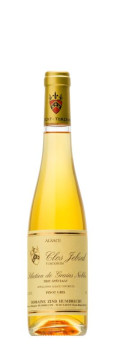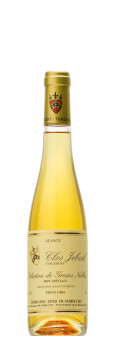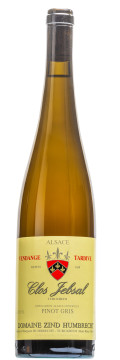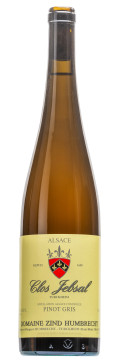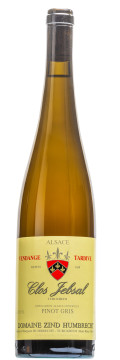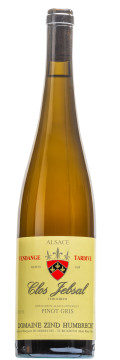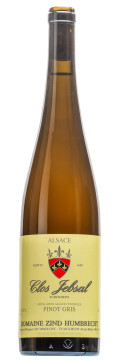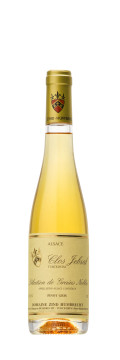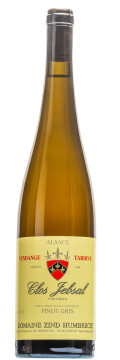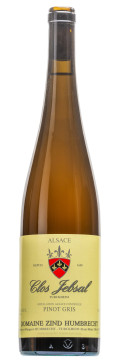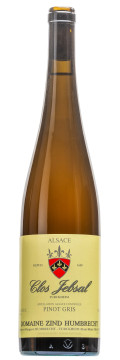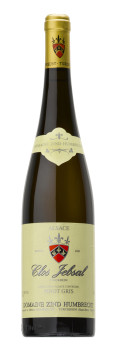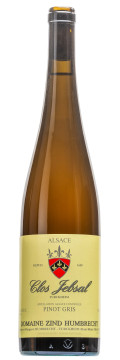The Clos Jebsal of Turckheim
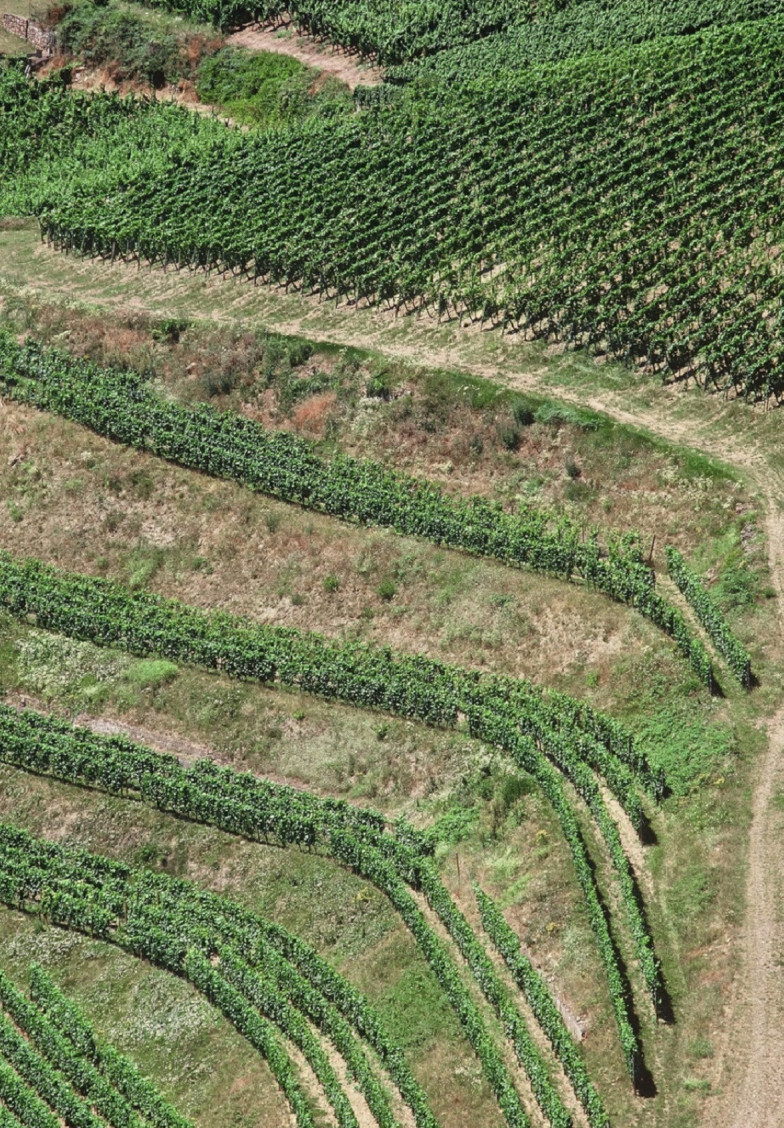
History
The Jebsal is a lieu-cadastré, registered on the cadastral plan as a surface of 1.3ha in the commune of Turckheim. For a long time the Jebsal had been divided into many smaller plots of vines with multiple owners.
The last written reference of Jebsal dates back to a deed of sale from the 16th century. Located on a steep escarpment, the Jebsal was left abandoned until 1982 when Leonard Humbrecht finally managed to reunite all the small parcels and restore the lieu-dit to its entirety.
The vineyard was planted in 1983 to Pinot Gris and the first vintage to be commercialised was the 1987. The name Jebsal refers to the place where we find gypsum, the important geological component of this vineyard.
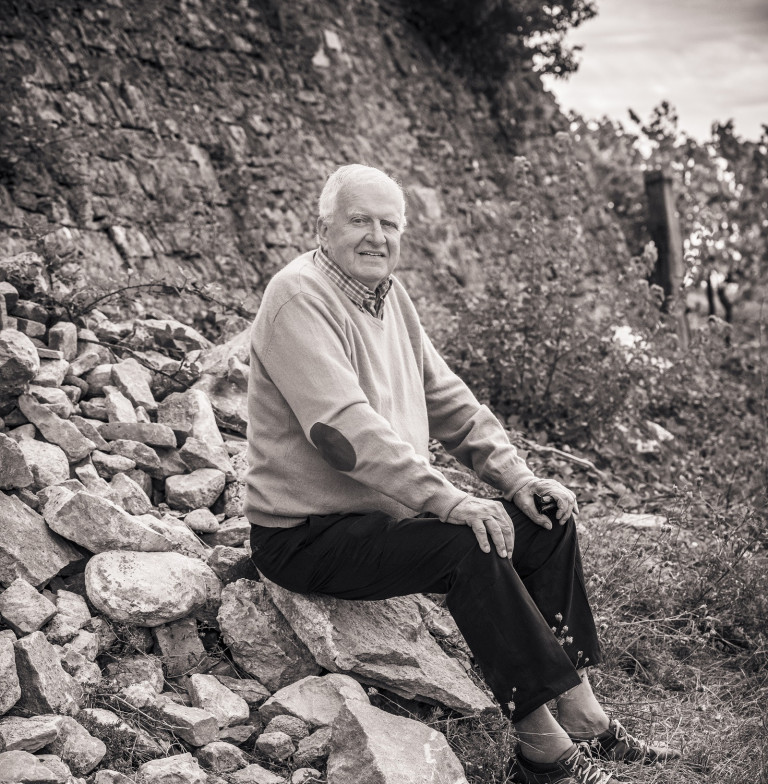
Terroir
The Clos Jebsal lies on a geological fault of grey marl limestone, Keuper, rich in clay and gypsum and is situated just below the Brand Grand Cru. This small Clos (1.3ha) with its very steep slope (50%) and numerous terraces has a due south exposition.
The Clos Jebsal benefits from a very warm and unbelievably precocious microclimate. Its location at the foot of the Brand Grand Cru means that it is hidden and protected from the northerly winds by the hill of Brand. The deep, rich soil takes a long time to warm up creating the optimal conditions for a good maturation process and the characteristic balanced acidity of this locality.
By virtue of its location and soil, it has been possible to ascertain over the years that this locality has a real aptitude for developing noble rot. Each vintage from 1989 onward has either been a Late Harvest, Vendange Tardive or a Selection of Noble Grapes, SGN. The rich, sweet character of the wines from Jebsal is an important component of this terroir.
The Clos Jebsal wines from Domaine Zind Humbrecht
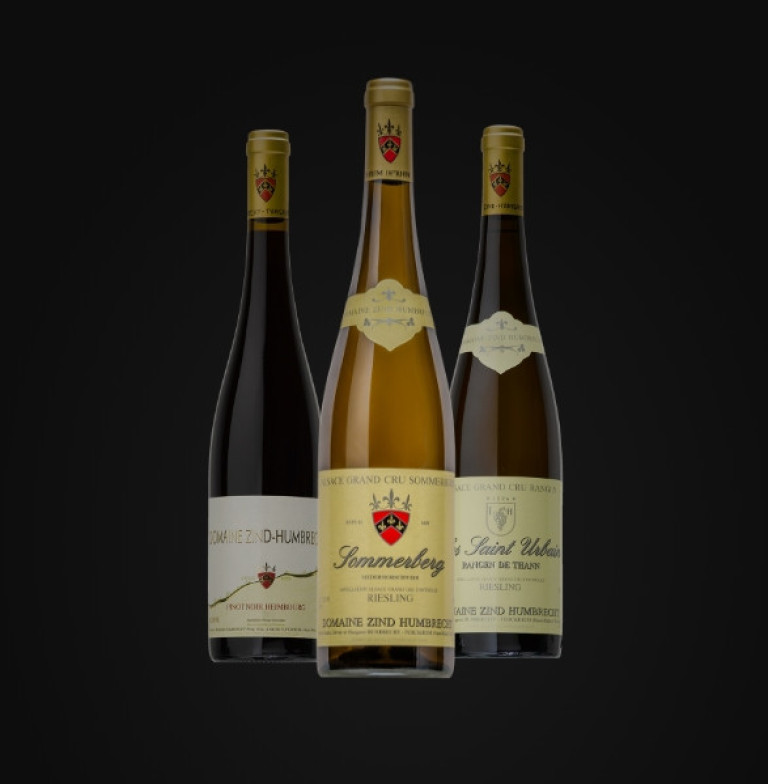
Wines
Despite the remarkable precocious character, (the Clos Jebsal is the terroir where we find the first signs of flowering and véraison at the Domaine) this terroir has a real capacity to produce wines typical of cool soils. The grey marls of Keuper have a good water retention capacity and prevent hydric stress, yielding wines with beautiful balanced acidities.
Noble rot is always present and every year since the very first vintage the wines from Clos Jebsal have been sweet. The climate at the end of the season determines whether the expression of the Clos Jebsal takes on the form of a Sélection de Grains Nobles, (Selection of Noble Grains) or Vendange Tardive. It is not a rare occurrence that in certain vintages the Jebsal is the only terroir which produces a noble rot wine. In vintages where the botrytis attains an extreme concentration and surpasses the threshold of 30° potential alcohol, these wines are designated Trie Spéciale.
These wines are characterised by their low alcohols (usually less than 6%) and a high levels of residual sugar (usually greater than 300 g/l). The wines from Clos Jebsal are discreet in their youth, often marked with flinty or smoky aromas. The expression of fruit linked to the concentration by botrytis is coaxed out with some time in bottle, a minimum of ten years is recommended to allow for the development of the true expression of Clos Jebsal.
